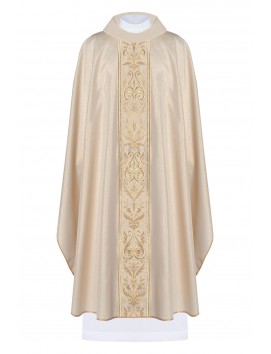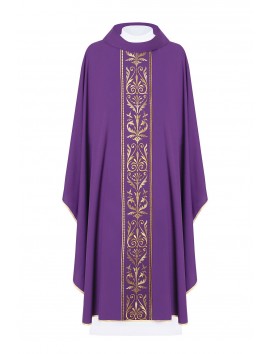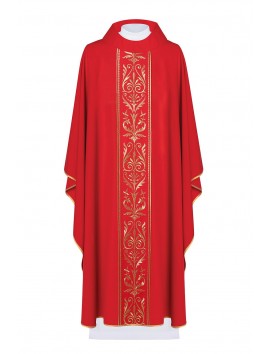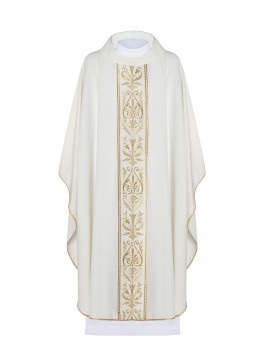A surplice and a cassock are two liturgical vestments used by clergy in various Christian traditions.
A surplice is a loose-fitting, white, knee-length vestment with wide sleeves. It is usually made of lightweight cotton or linen and is worn over a cassock or other liturgical garment. The surplice is worn by clergy, such as priests and deacons, during liturgical services such as Mass, and is a symbol of purity and holiness.
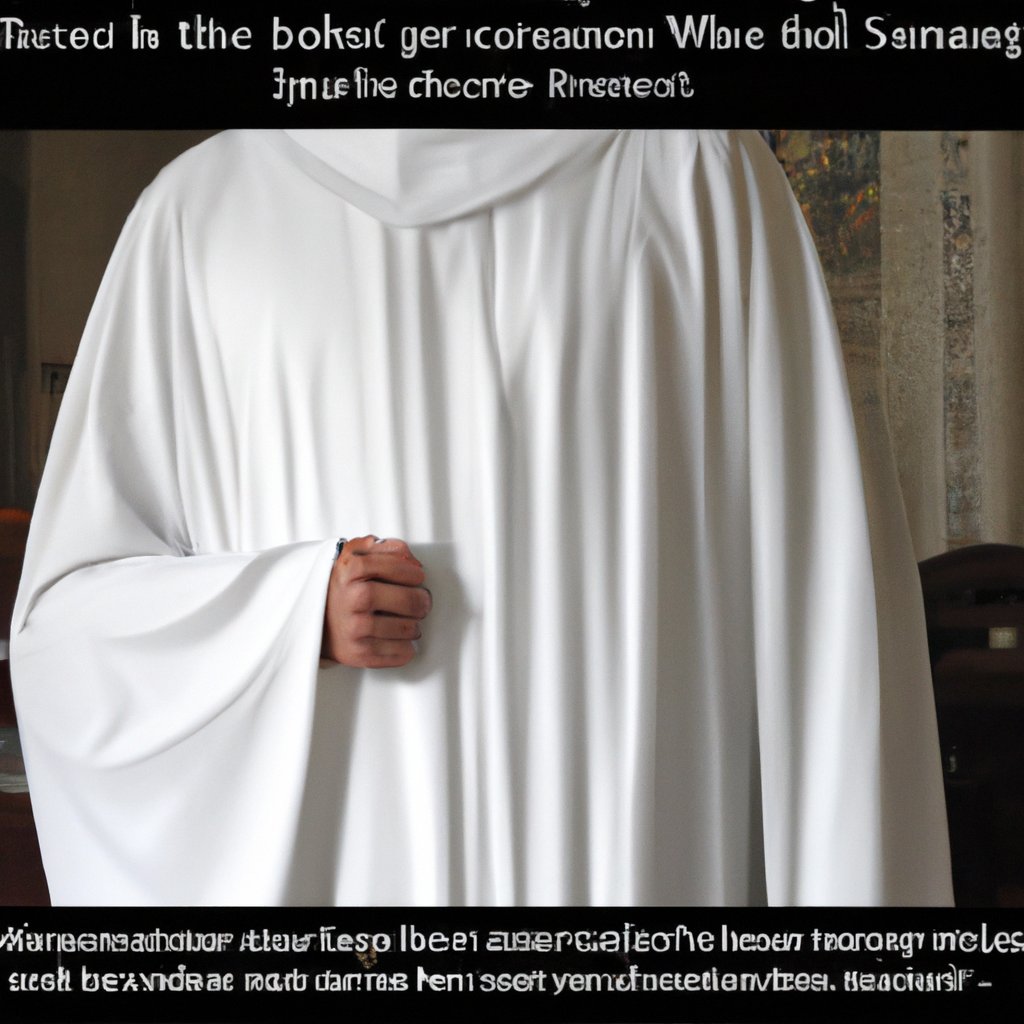
A cassock, on the other hand, is a long, tight-fitting garment that extends from the neck to the ankles. It is usually black, although it may be white or other colors, depending on the occasion or the cleric's rank. The cassock is worn by many clergy as an everyday garment, especially in the Catholic and Anglican traditions. It is also worn during liturgical services, often under other vestments such as a surplice or stole.
What is the difference between a surplice and a cassock?
A surplice and a cassock are both liturgical vestments worn by clergy in various Christian traditions, but they serve different purposes and have different characteristics.
A surplice is a loose-fitting, white, knee-length garment with wide sleeves. It is usually made of lightweight cotton or linen and is worn over a cassock or other liturgical garment during liturgical services such as Mass. The surplice is a symbol of purity and holiness and represents the baptismal garment that all Christians receive when they are baptized. It is often worn by members of the clergy, such as priests and deacons, during services involving the administration of sacraments such as baptism and Holy Communion.
A cassock, on the other hand, is a long, close-fitting garment that extends from the neck to the ankles. It is usually black, although it may be white or other colors, depending on the occasion or the cleric's rank. The cassock is worn as an everyday garment by many clergy, especially in the Catholic and Anglican traditions.

